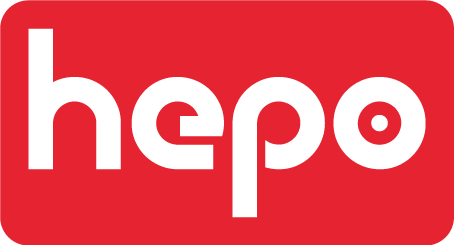Shift Management
Overview
The Shifts
module is designed to optimize workforce management through intelligent
planning and decision support. This module supports HEPO's ultimate goals of
enhancing corporate integrity, dignity, and gravitas by providing a structured
framework for managing shift schedules, ensuring operational efficiency, and
fostering employee satisfaction.
Key Features
Intelligent Decision
Support:
Details:
Function as a decision support system for managers, aiding in informed
decision-making.
Benefit:
Enhances managerial decisions by providing data-driven insights and
recommendations.
Dual Approach in Decision
Support:
Details:
Operate in two ways: prediction, forecasting, and planning; and reactive
measures to emerging situations.
Benefit:
Ensures proactive planning and efficient responses to changes, maintaining
operational integrity.
Constraints and
Optimization:
Details:
Identify constraints (e.g., technical qualifications, health and family
situations, safety concerns) and optimizable areas.
Benefit:
Balances mandatory requirements and optimization opportunities, promoting
corporate dignity and employee well-being.
Cause and Effect Planning:
Details:
Plan shifts as the cause, with subsequent requirements (e.g., transportation,
meals, uniforms, equipment) as the effect.
Benefit:
Optimizes logistical and operational outcomes, ensuring seamless execution and
supporting corporate gravitas.
Variable and Fixed Factors
Management:
Details:
Manage variable factors in real-time with alert systems and ensure stability of
fixed factors.
Benefit:
Enhances flexibility and responsiveness, maintaining a structured and reliable
work environment.
Interdependent Conditions
Monitoring:
Details:
Identify interdependent conditions and ensure automatic adjustments when
changes occur.
Benefit:
Provides dynamic management and adaptability, promoting efficiency and
reliability.
Simulated Success Rates:
Details:
Simulate success rates for each plan and present different combinations to
decision-makers based on success criteria.
Benefit:
Supports informed decision-making by evaluating plans against technical,
economic, safety, legal, and employee satisfaction criteria.
Technical Integration:
Seamless
ERP Integration: Integrates with existing ERP systems for consistent data
management and reporting.
Scalable
Architecture: Adapts to the addition of new shifts and changing workforce
needs.
Mobility:
Allows managers and employees to view and manage shifts using mobile devices,
promoting flexibility and real-time updates.
Use Case Scenarios:
Employee
Satisfaction: Optimize shift schedules to ensure fair and balanced workloads,
enhancing employee satisfaction and reducing turnover.
Operational
Efficiency: Plan and adjust shifts based on real-time data, ensuring optimal
resource allocation and operational efficiency.
Reactive
Measures: Quickly redesign shift plans in response to unexpected changes (e.g.,
employee absences, equipment breakdowns), ensuring continuity and reliability.
Potential Benefits:
Enhanced
Decision-Making: Provides a robust framework for managers to make informed
decisions about shift planning and adjustments.
Improved
Operational Efficiency: Streamlined shift management enhances overall
operational efficiency.
Corporate
Integrity: Accurate and flexible shift planning ensures fairness and trust
within the organization.
Corporate
Dignity: Well-structured shift schedules promote a professional and dignified
work environment.
Corporate
Gravitas: Reliable management of shifts reflects the company’s commitment to
excellence and professionalism.
Target Audience:
CXOs:
Benefit from a centralized and transparent view of the company’s shift
schedules, enhancing strategic planning and oversight.
IT
Directors and Managers: Appreciate the seamless integration and flexibility of
shift management.
HR Leaders:
Gain insights into employee availability and work patterns, promoting effective
resource management.
Consulting and Advisory Leads: Leverage the comprehensive shift management capabilities for organizational transformation and efficiency improvements.
